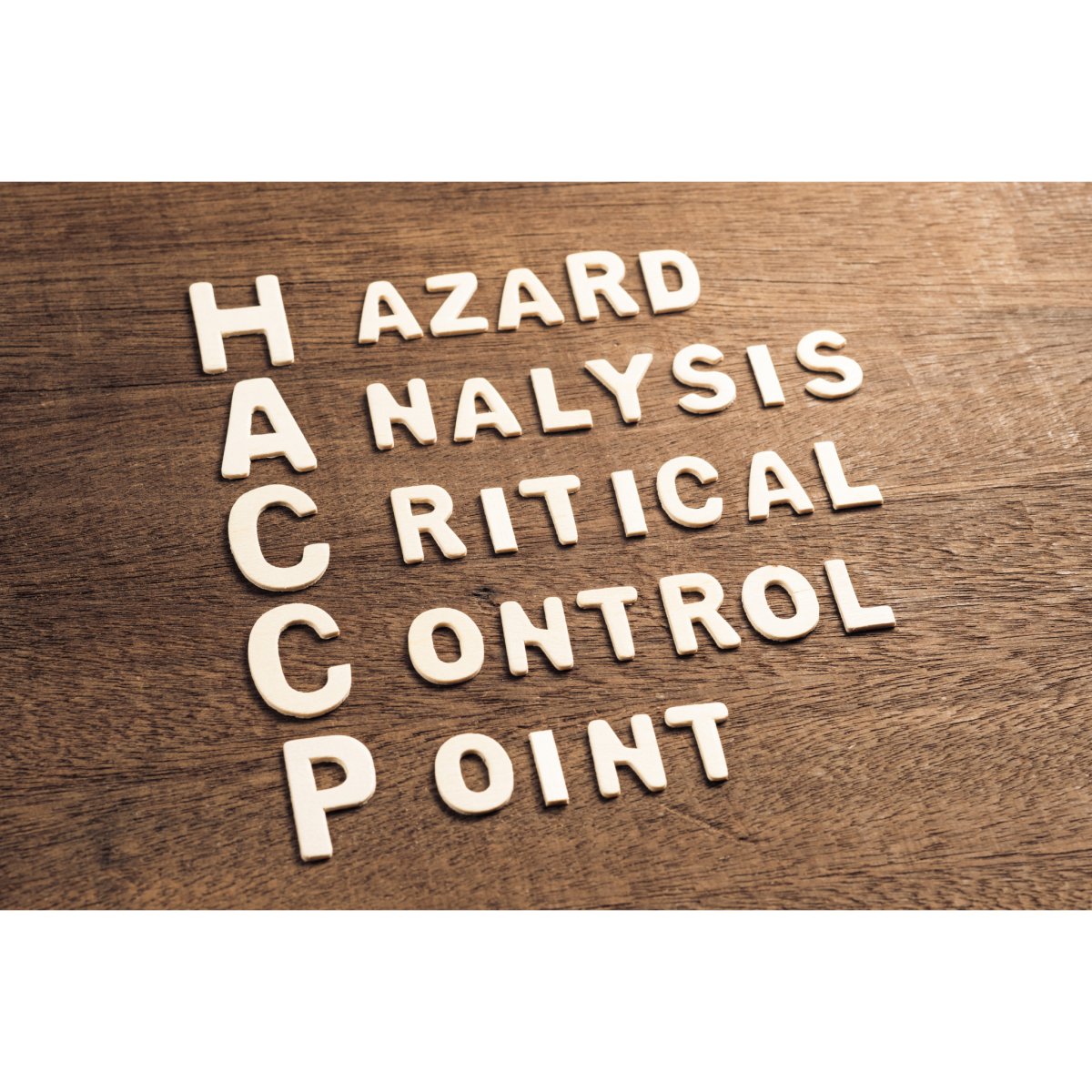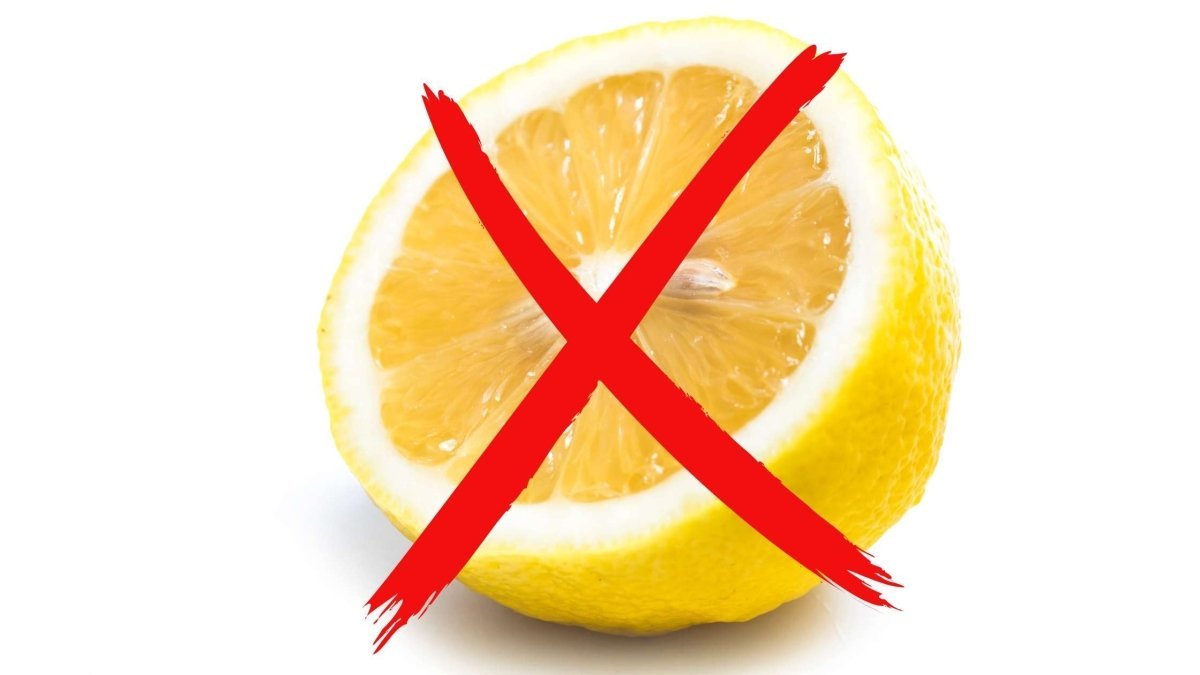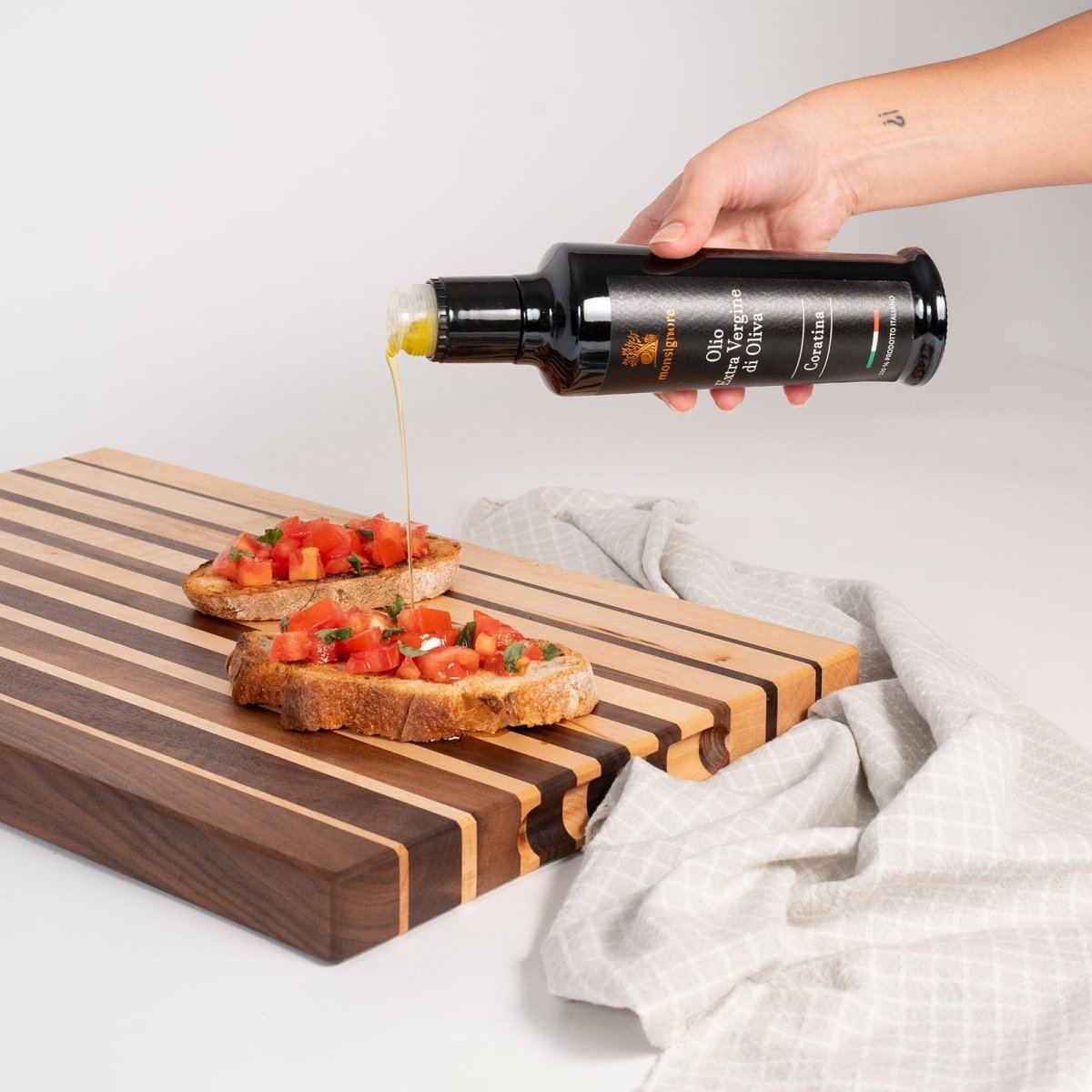Food hygiene and safety are of primary importance in every kitchen environment, whether domestic or professional. The HACCP (Hazard Analysis and Critical Control Points) regulation plays a crucial role in guaranteeing these conditions, establishing guidelines for the handling of food and the use of utensils, including cutting boards.
HACCP and the Chopping Boards Regulations
The HACCP regulation prescribes that cutting boards used in the kitchen are suitable for food contact, easily washable and disinfectable. In this context, specific regulations have been established such as:
- Regulation (EU) 10/2011
- Regulation (EC) 1935/2004
- Regulation (EC) no. 2023/2006,
Coloring of cutting boards
To avoid cross-contamination, the HACCP regulation has provided for a coloring system for plastic chopping boards, associating a specific color with a specific category of food.
For example, white is associated with dairy products and bread, red with raw meat, yellow with cooked meat, and so on.
Wooden cutting boards: Pros and Cons
Wooden cutting boards have the ability to counteract bacterial proliferation and have been judged safe if appropriately evaluated, treated, maintained, washed and dried, according to an evaluation by the Istituto Superiore di Sanità in 2009 (Il Fatto Alimentare).
However, using wooden cutting boards can expose restaurateurs to cross-contamination risks if not managed correctly.

The use of wooden cutting boards has both advantages and disadvantages, which deserve further consideration, especially in light of the HACCP regulations:
1. Natural Antibacterial:
- Wooden cutting boards are known for their natural antibacterial properties. Studies have shown that wood can have an antibacterial effect, absorbing harmful microorganisms and preventing their growth and proliferation.
2. Durability:
- Wooden cutting boards are sturdy and long-lasting, able to withstand heavy use without showing excessive signs of wear. However, they require regular maintenance, such as using oils and waxes , to maintain their structural integrity.
3. Maintenance:
- Unlike plastic cutting boards, wooden ones require more maintenance. It is essential to clean and dry them correctly to prevent the proliferation of bacteria and maintain their durability, but unlike the previous ones they do not release microplastics during their use.
4. Aesthetics:
- Wooden cutting boards are often preferred for their natural, warm aesthetic that can add a rustic touch to any kitchen.
5. Environmental Impact:
- By choosing wooden cutting boards from sustainable sources, you can reduce the environmental impact associated with the production of kitchen utensils.
6. Regulatory Compliance:
- It is essential that wooden cutting boards comply with HACCP regulations and other local food safety laws. Compliance may include, for example, verification of the absence of transfer of contaminants as specified by EC regulations no. 1935/2004 and EC n. 2023/2006.
7. Education and Training:
- Training on the correct use and maintenance of wooden cutting boards, together with an understanding of HACCP regulations, is crucial to ensuring food safety.
Conclusion
Understanding HACCP regulations and adopting safe practices when using wooden cutting boards are essential to ensuring a safe and hygienic kitchen environment. This guide serves as a reference point for navigating regulations and best practices, ensuring compliance and promoting food safety at every step of food preparation.
With proper training and attention to maintenance, the use of wooden cutting boards can be a sustainable and safe choice for all kitchen environments.




Leave a comment
All comments are moderated before being published.
This site is protected by hCaptcha and the hCaptcha Privacy Policy and Terms of Service apply.